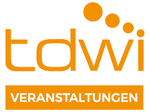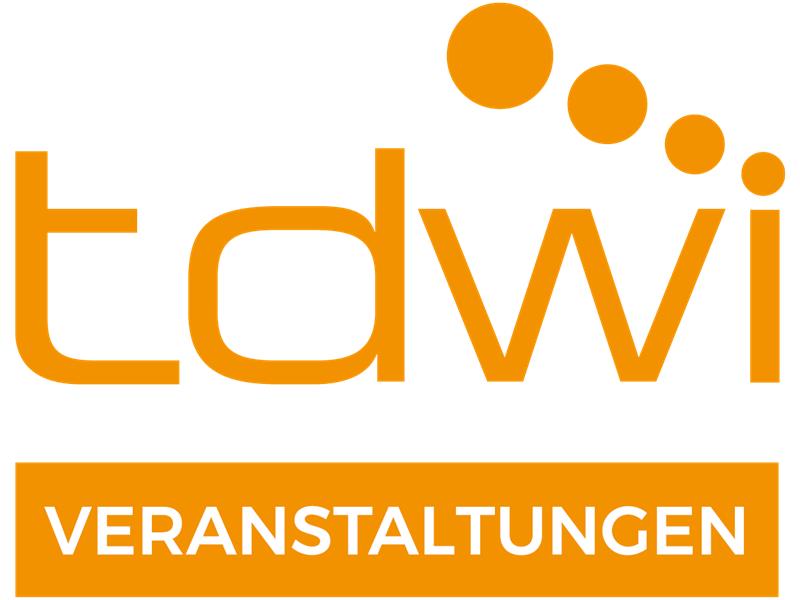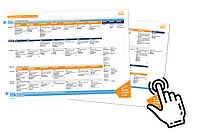
Die im Konferenzprogramm der TDWI München 2022 angegebenen Uhrzeiten entsprechen der Central European Time (CET).
Per Klick auf "VORTRAG MERKEN" innerhalb der Vortragsbeschreibungen können Sie sich Ihren eigenen Zeitplan zusammenstellen. Sie können diesen über das Symbol in der rechten oberen Ecke jederzeit einsehen.
Hier können Sie die Programmübersicht der TDWI München 2022 mit einem Klick als PDF herunterladen.
ROOM F111 | Ten Practical Guidelines for Designing Data Architectures
Often, existing data architectures can no longer keep up with the current 'speed of business change'. As a result, many organizations have decided that it is time for a new, future-proof data architecture. However, this is easier said than done. In this session, ten essential guidelines for designing modern data architectures are discussed. These guidelines are based on hands-on experiences with designing and implementing many new data architectures.
Target Audience: Data architects, enterprise architects, solutions architects, IT architects, data warehouse designers, analysts, chief data officers, technology planners, IT consultants, IT strategists
Prerequisites: General knowledge of databases, data warehousing and BI
Level: Advanced
Extended Abstract:
Many IT systems are more than twenty years old and have undergone numerous changes over time. Unfortunately, they can no longer cope with the ever-increasing growth in data usage in terms of scalability and speed. In addition, they have become inflexible, which means that implementing new reports and performing analyses has become very time-consuming. In short, the data architecture can no longer keep up with the current 'speed of business change'. As a result, many organizations have decided that it is time for a new, future-proof data architecture. However, this is easier said than done. After all, you don't design a new data architecture every day. In this session, ten essential guidelines for designing modern data architectures are discussed. These guidelines are based on hands-on experiences with designing and implementing many new data architectures.
-
Which new technologies are currently available that can simplify data architectures?
-
What is the influence on the architecture of e.g. Hadoop, NoSQL, big data, data warehouse automation, and data streaming?
-
Which new architecture principles should be applied nowadays?
-
How do we deal with the increasingly paralyzing rules for data storage and analysis?
-
What is the influence of cloud platforms?
Industry analyst
Rick van der Lans is a highly-respected independent analyst, consultant, author, and internationally acclaimed lecturer specializing in data architectures, data warehousing, business intelligence, big data, and database technology. He has presented countless seminars, webinars, and keynotes at industry-leading conferences. He assists clients worldwide with designing new data architectures. In 2018 he was selected the sixth most influential BI analyst worldwide by onalytica.com.
Vortrag Teilen



